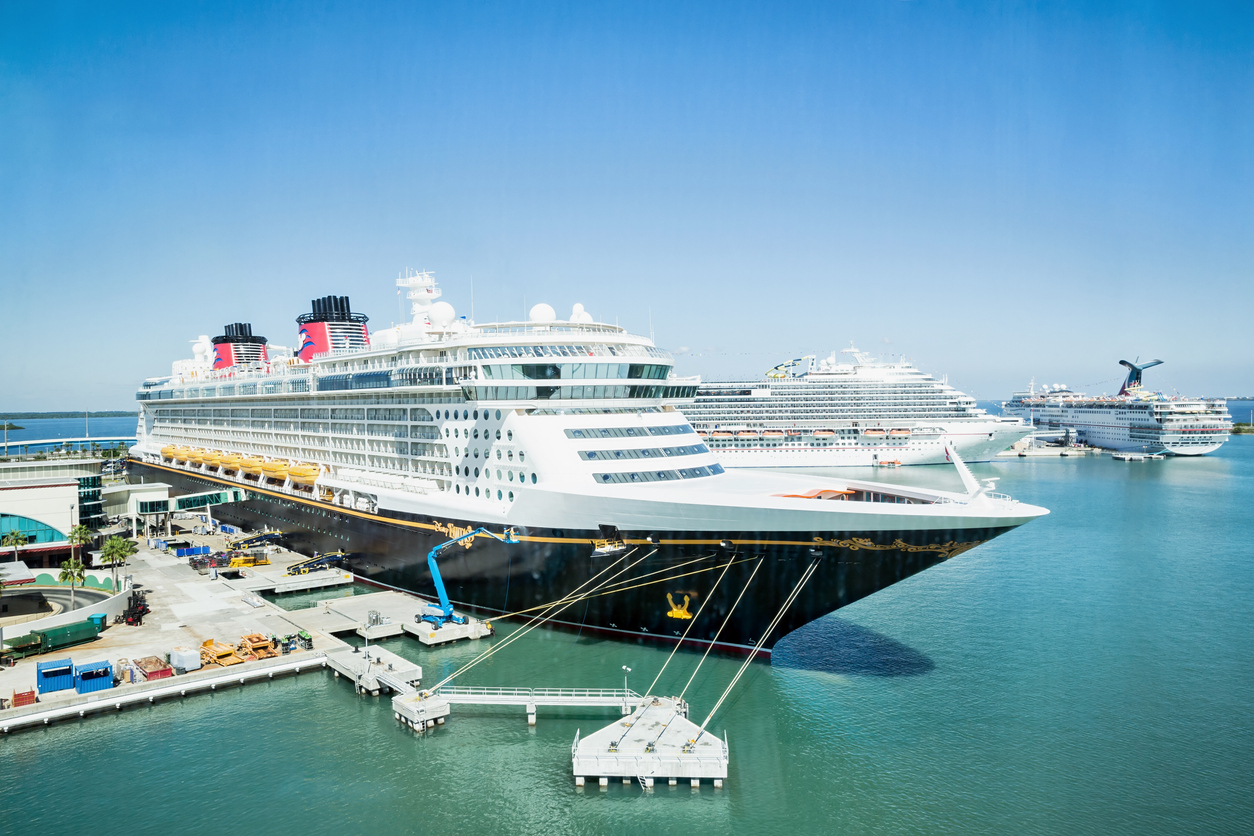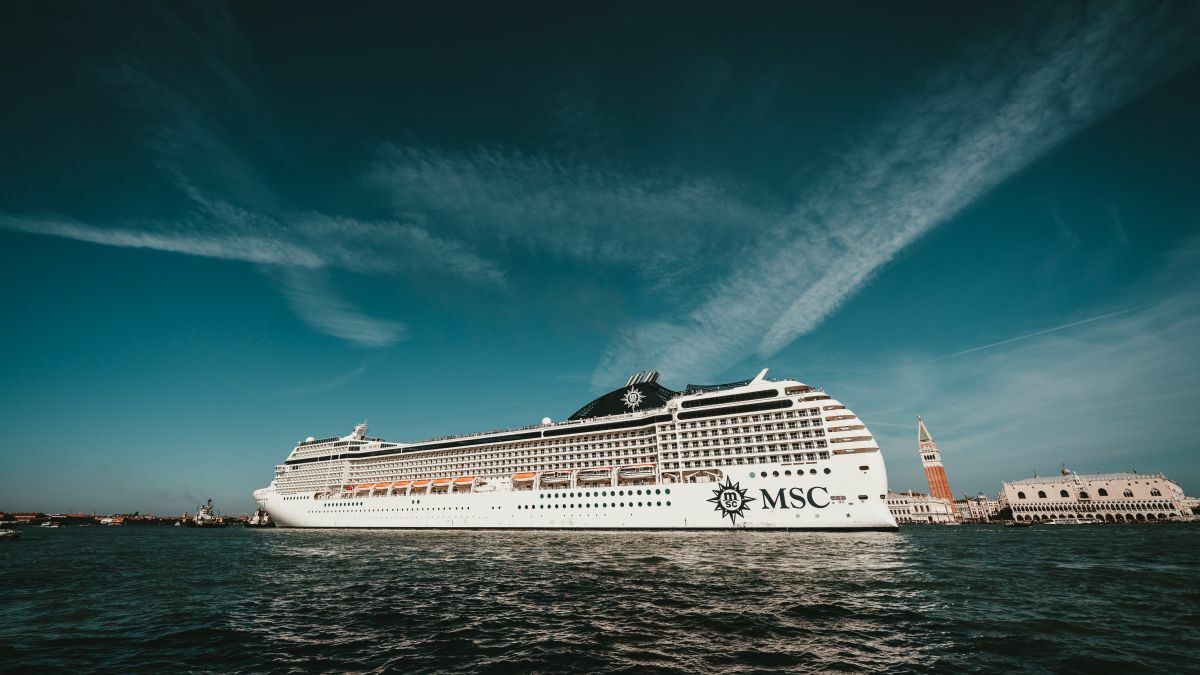How Do Cruise Ships Dispose Of Sewage

Some of the waste streams generated by cruise ships include.
How do cruise ships dispose of sewage. Reverse-osmosis membranes filter out salt and evaporators use heat from the engine to boil off the fresh H 2 O. Sewage is known as black water and includes anything that is flushed down toilets. A 2011 study of cruise ship discharge in the Caribbean concluded that high risks to human and ecological health accompanies both disposal.
Most raw sewage dumped into the oceans actually comes from seaside cities usually by a pipe which sends the sewage several miles out. Do not pour inappropriate wastes into sinks or toilets. The governing rules for the disposal of sewage or any waste into the sea are contained in MARPOL the Marine Pollution acts.
Review the cruise ship companys environmental policies before booking a cruise. To clean seawater ships often rely on two main methods. Federal law requires that cruise ships only dump treated wastewater if they are within three nautical miles of shore.
Plastic goes through this massive compactor. The rest of the liquid is disinfected by UV radiation which is safer for marine life. Cruise ships like Symphony have a designated waste and recycling center.
Bilge water water that collects in the lowest part of the ships hull and may contain oil grease and other contaminants. According to this regulation the sewage can be discharged into the seawater only after it is treated and the distance of the ship is 4 nautical miles from the nearest land. According to Telegraph Travel waste water on cruise ships is divided.
All ships in special areas - like the Caribbean - and in fact world-wide have to treat their sewage via a Sewage Treatment Plant that is certified by IMO the International Marine Organisation. These days any cruise ship is like a huge city where every detail is thought out so that passengers feel just as comfortable as on land only better. Inside those bioreactors the dangerous chemicals are filtered out.











/cdn.vox-cdn.com/uploads/chorus_image/image/66372645/GettyImages_1202944947.0.jpg)
:no_upscale()/cdn.vox-cdn.com/uploads/chorus_asset/file/13445609/8049695654_c027c6a1ba_o.jpg)




